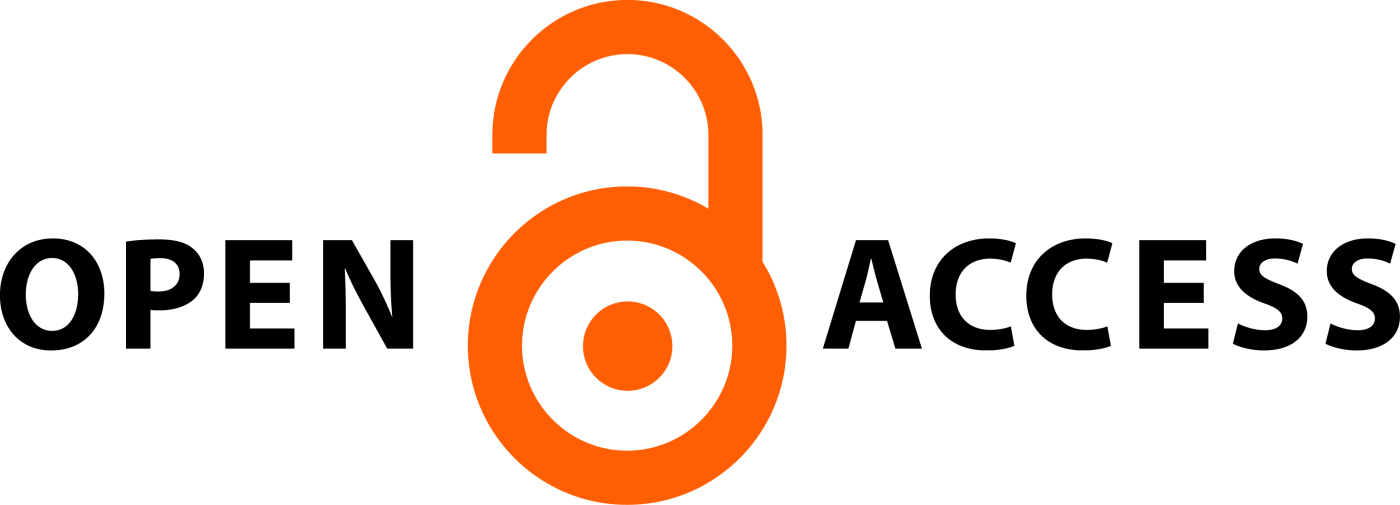PREVALENCE AND ASSOCIATED FACTORS OF ANEMIA AMONG UNDER FIVE YEARS OLD CHILDREN WHO ATTENDED SPINGHAR MOMAND CURATIVE AND TEACHING HOSPITAL, JALALABAD CITY
Anemia among Afghanistani children
Abstract
Introduction: When the amount of hemoglobin in the blood is less than two SD (standard deviation) for a specific age and sex, or when the amount of red cells in the peripheral blood is below the normal level, it is called anemia. Blood deficiency is a common global health problem in children. Materials and Methods: This research has been conducted in a descriptive manner in which 200 patients referred to Spinghar Momand Curative and Teaching Hospital from 2022 to 2023 were the target population. Their blood deficiency was taken into consideration on the basis of age, sex and the severity of the disease. Results: The results showed that the overall incidences of anemia were 108 (54%). The cases were 75 (69.4%) in males and 33 (30.5%) in females. Based on location, the cases of anemia were 99 (91.6%) in Nangarhar Province, 8 (7.4%) in Laghman Province and 1 (0.92%) in children from Kunar Province. Based on the severity of disease and age, 45 (41.6%) children less than five-year-old had mild anemia, 59 (54.6%), had moderate anemia, and 4 (3.7%) had severe anemia. The result of laboratory tests showed that in anemia, mean corpuscular volume (MCV), hemoglobin (HB) and hematocrit test (Hct) have changed significantly, but RDW (Red Cell Distribution Width) has not changed much. Discussion: We can summarize that the cases of anemia in children vary based on age, sex and severity of the disease. Furthermore, the level of MCV, HB and HCT exists below the normal range in the child suffering from anemia, while no significant change is visible in the RDW value.
Downloads
All the articles published in JAPSR are distributed under a creative commons license (CC BY-NC-SA 4.0)
Under this license, you are free to:
- Share- copy and redistribute the material in any medium or format for any purpose, even commercially.
- Adapt- remix, transform, and build upon the material for any purpose, even commercially.
The licensor cannot revoke these freedoms as long as you follow the license terms.
- Attribution — You must give appropriate credit , provide a link to the license, and indicate if changes were made . You may do so in any reasonable manner, but not in any way that suggests the licensor endorses you or your use.
- NonCommercial — You may not use the material for commercial purposes .
- ShareAlike — If you remix, transform, or build upon the material, you must distribute your contributions under the same license as the original.
- No additional restrictions — You may not apply legal terms or technological measures that legally restrict others from doing anything the license permits.
Copyright policy
The journal allows the author(s) to hold the copyright of their work. That means the authors do not need to transfer the copyright of their work to the journal. However, the authors grant JAPSR a license to publish the article and identify itself as the original publisher.
Licensing policy
The journal allows the author(s) to hold the copyright of their work. That means the authors do not need to transfer the copyright of their work to the journal. However, the authors grant JAPSR a license to publish the article and identify itself as the original publisher.






